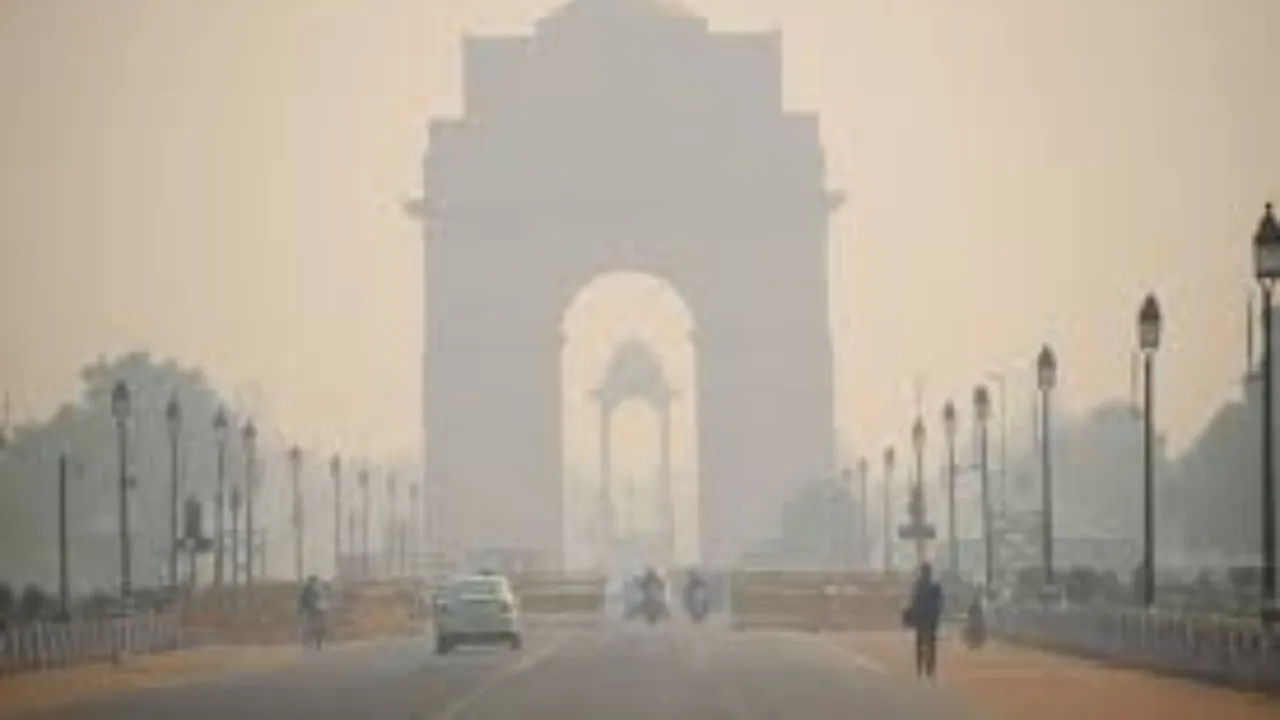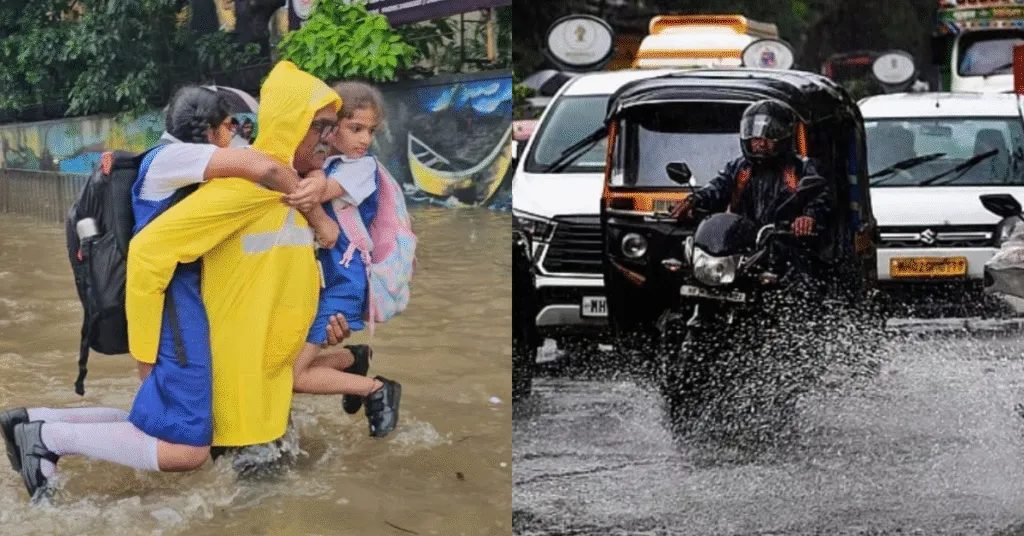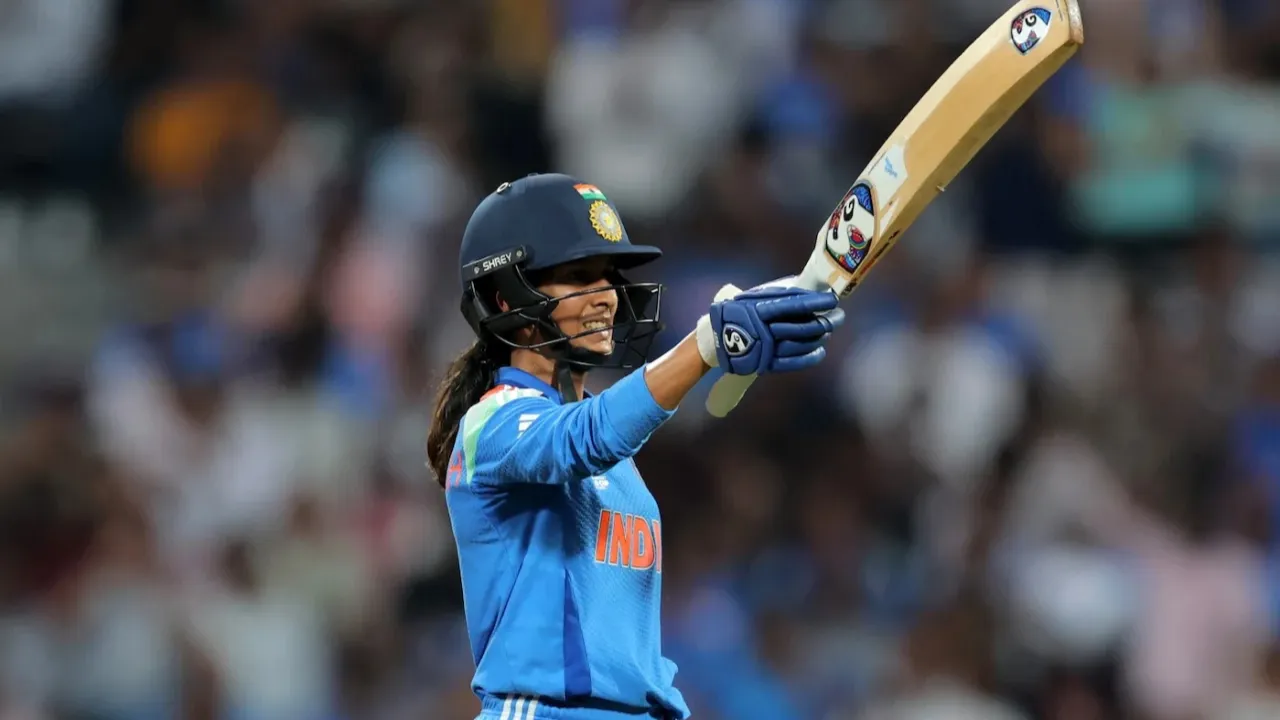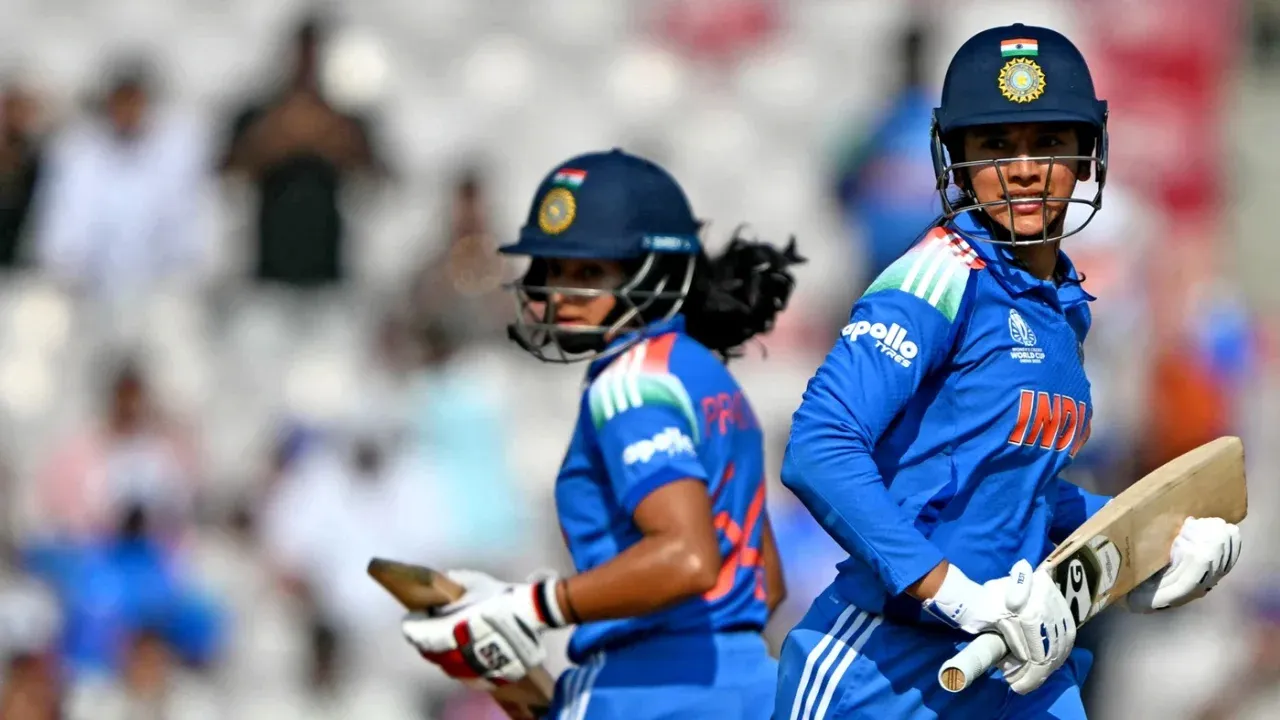Diwali celebrations bring joy, light, and family gatherings—but for Delhi, they also mark one of the most polluted days of the year. The morning after Diwali 2025, the city woke up under a blanket of thick smog. Crackers, stagnant weather, and ongoing emissions combined to create hazardous air quality levels across multiple regions. According to data from the Central Pollution Control Board (CPCB) and the System of Air Quality and Weather Forecasting and Research (SAFAR), overall Delhi Polution levels hit the “severe” category in several areas.
Delhi Polution Peaks After Diwali
Post-Diwali mornings have become synonymous with dense smog, low visibility, and itchy eyes. This year was no different. Air quality monitors across Delhi recorded a drastic spike in PM2.5 and PM10 levels. By early morning, many stations were showing AQI levels above 400, classified as “severe.” The average citywide AQI was in the “very poor” range, but some localities reported far worse numbers.
Top 10 Most-Polluted Areas in Delhi the Day After Diwali
1. Wazirpur – Most Polluted
Wazirpur topped the list of Delhi’s most-polluted localities. AQI readings were reported above 450, making it the worst-affected area in the capital. The industrial activity in the region, combined with overnight fireworks, contributed heavily to this spike.
2. Bawana
Bawana followed closely behind with AQI levels nearing 440. The area often struggles with consistent industrial emissions, and post-Diwali smoke made conditions almost unbreathable.
3. Jahangirpuri
Jahangirpuri recorded severe AQI levels as well, exceeding 420. Limited wind movement and dense fog trapped pollutants close to the ground, worsening air quality early in the morning.
4. Ashok Vihar
Ashok Vihar’s AQI crossed 410, placing it among the top five most-polluted zones in Delhi. The mix of residential fireworks and nearby traffic emissions played a major role.
5. Dwarka
One of Delhi’s most populated suburbs, Dwarka saw AQI readings around 400–410. The area’s open spaces became hotspots for firecracker celebrations, adding to the overall pollution burden.
6. Punjabi Bagh
Punjabi Bagh consistently appears on Delhi’s list of most-polluted regions, and this year was no exception. AQI levels hovered near 400, putting residents at serious risk of respiratory distress.
7. RK Puram
RK Puram recorded “very poor” to “severe” air quality levels, ranging from 380–400 AQI. Vehicular emissions combined with post-Diwali haze created thick smog in the area.
8. Rohini
Rohini’s monitors showed AQI levels above 380. The locality often faces heavy traffic and dust, and when combined with fireworks, the pollution surge was inevitable.
9. North Campus (Delhi University)
The North Campus area, home to thousands of students, reported AQI in the “very poor” range at around 370–390. Visibility dropped sharply, prompting students to wear masks even indoors.
10. ITO and Pusa
Central Delhi areas like ITO and Pusa also made it to the top 10 list, with AQI levels nearing 380. Dense traffic and ongoing construction worsened the impact of firecracker smoke overnight.
Why Delhi Polution Spiked So Badly
Firecracker Emissions
Despite restrictions, many areas across Delhi saw widespread firecracker use. Fireworks release massive amounts of fine particulate matter, sulfur dioxide, and nitrogen oxides. These pollutants linger in the air long after the celebrations end, creating the dense haze we see each year.
Weather Conditions
The timing of Diwali during early winter is unfortunate for air quality. Cold air, combined with low wind speeds, prevents pollutants from dispersing. The temperature inversion effect traps smoke close to the ground, leading to higher concentrations of PM2.5.
Regional Factors
Stubble burning in Punjab and Haryana added to Delhi Polution levels. Winds carried smoke from the fields into the city, layering an already polluted atmosphere with additional particulates. Vehicle exhaust, construction dust, and industrial activity further compounded the crisis.
Health Risks from Post-Diwali Smog
The impact of Delhi Polution goes far beyond discomfort. Prolonged exposure to high PM2.5 levels can cause severe respiratory and cardiovascular problems. In the short term, it can lead to coughing, throat irritation, headaches, and fatigue. For children, elderly people, and individuals with asthma or heart disease, the risk is significantly higher.
Expert Recommendations
- Avoid outdoor activities during early morning and late night when pollution levels peak.
- Use N95 or equivalent masks if stepping outside is necessary.
- Keep windows closed and use air purifiers indoors to reduce exposure.
- Drink plenty of water and include antioxidant-rich foods to help your body combat the effects of pollutants.
How Authorities Are Responding
Following the sharp rise in Delhi Polution, the government enforced Stage III of the Graded Response Action Plan (GRAP). This included restrictions on construction activities, curbs on truck entry into Delhi, and increased monitoring of industrial emissions. The Delhi government also urged residents to use public transport, minimize outdoor burning, and cooperate with pollution-control measures.
Can Delhi Avoid This Yearly Pollution Cycle?
Experts argue that while Diwali fireworks are a visible cause, the city’s long-term problem lies in persistent emissions from vehicles, industries, and seasonal crop burning. Reducing pollution requires consistent policy enforcement and public cooperation throughout the year, not just post-Diwali cleanups. Awareness campaigns, strict industrial checks, and affordable public transport can help reduce emissions sustainably.
Final Thoughts on Delhi Polution After Diwali
The day after Diwali once again highlighted how vulnerable Delhi’s air quality is during this season. While celebrations bring happiness, the aftereffects continue to threaten public health. The top 10 most-polluted areas—Wazirpur, Bawana, Jahangirpuri, Ashok Vihar, Dwarka, Punjabi Bagh, RK Puram, Rohini, North Campus, and ITO—represent just part of the wider problem. To protect the health of over 30 million residents, stricter enforcement, cleaner energy sources, and responsible celebrations are crucial.
Until then, staying informed, following safety measures, and making conscious lifestyle choices remain the best defense against Delhi Polution.
Also Read: Suhana Khan’s Kajra Re Moment—Shweta Bachchan Stuns!








